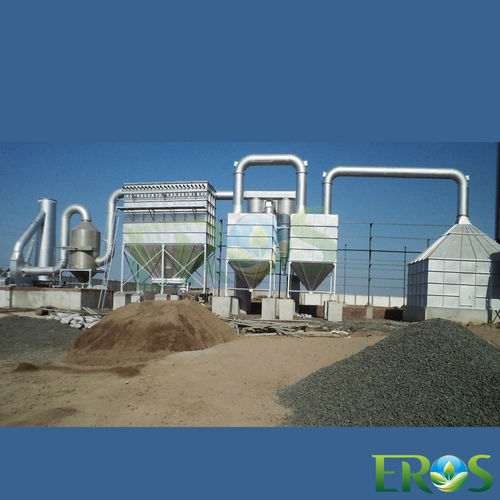Lead Recycling Effluent Treatment Plants
Product Details:
Lead Recycling Effluent Treatment Plants Price And Quantity
- 1 Set
- 200000 INR
Lead Recycling Effluent Treatment Plants Trade Information
- Export Worthy Packaging
- All India
- ISO
Product Description
About Effluent Treatment Plant For Lead Recycling:-
When Lead Acid Batteries are replaced, they contain spent acid with some lead dissolved in it. These used batteries are sold in the open market to lead recyclers where they are drained before being put into the process of recycling. Further in many units, plastic containers of the batteries, after cutting and opening, are washed to remove any lead in them. The drained acid along with any washing effluent of the plastic scrap comprises of the effluent that needs treatment at the Effluent Treatment Plant (ETP). This ETP is also commonly called "Acid Neutralization System". If unchecked, these untreated effluent will seep in to land and would lead to soil contamination, pollution in ground water table and their runoff may also lead to pollution of nearby eater sources. Hence, their proper treatment before disposal is necessary.
Description of Effluent Treatment Plant for Lead Recycling:-
Effluent from such used batteries mainly consists of sulphates and sulphides of lead, small quantity of lead and diluted sulphuric acid. Further effluent from container washing which mainly contains small quantity of lead is also fed to the ETP. This effluent has low pH values. pH balancing agent (caustic or lime in this case) is added to adjust the pH and also for coagulation. The effluent is then mixed for Flocculation. The flocks so formed are settled and dewatered on a Sludge Bed(or through Filter Press). Treated effluent after this is further polished using filters. While treated water may be disposed or used as permitted by law, sludge is recharged into furnaces for recycling and reclamation of lead.
Characteristics of Effluent before and after Treatment:-
|
Parameter |
Before Treatment |
Approved Range |
|
pH |
3.0 - 4.0 |
6.5 - 8.5 |
|
Suspended Solids |
600 - 800 mg/l |
50 mg/l |
|
Lead |
30 - 40 mg/l |
0.1 mg/l |
(However, where only spent acid is fed into the ETP, sludge generated is in the form of sodium sulphate or calcium sulphate with lesser quantities of lead will be dewatered and stored as hazardous waste instead)

Price:
- 50
- 100
- 200
- 250
- 500
- 1000+
Other Products in 'Lead Recycling Plant' category
(Formerly Eros Consultant)
108-109, 1st Floor, Savitri Complex-1,
Dada Motors Building, Kalsi Nagar,
G.T. Road,
City - Ludhiana 141003
State - Punjab, Country - INDIA.








